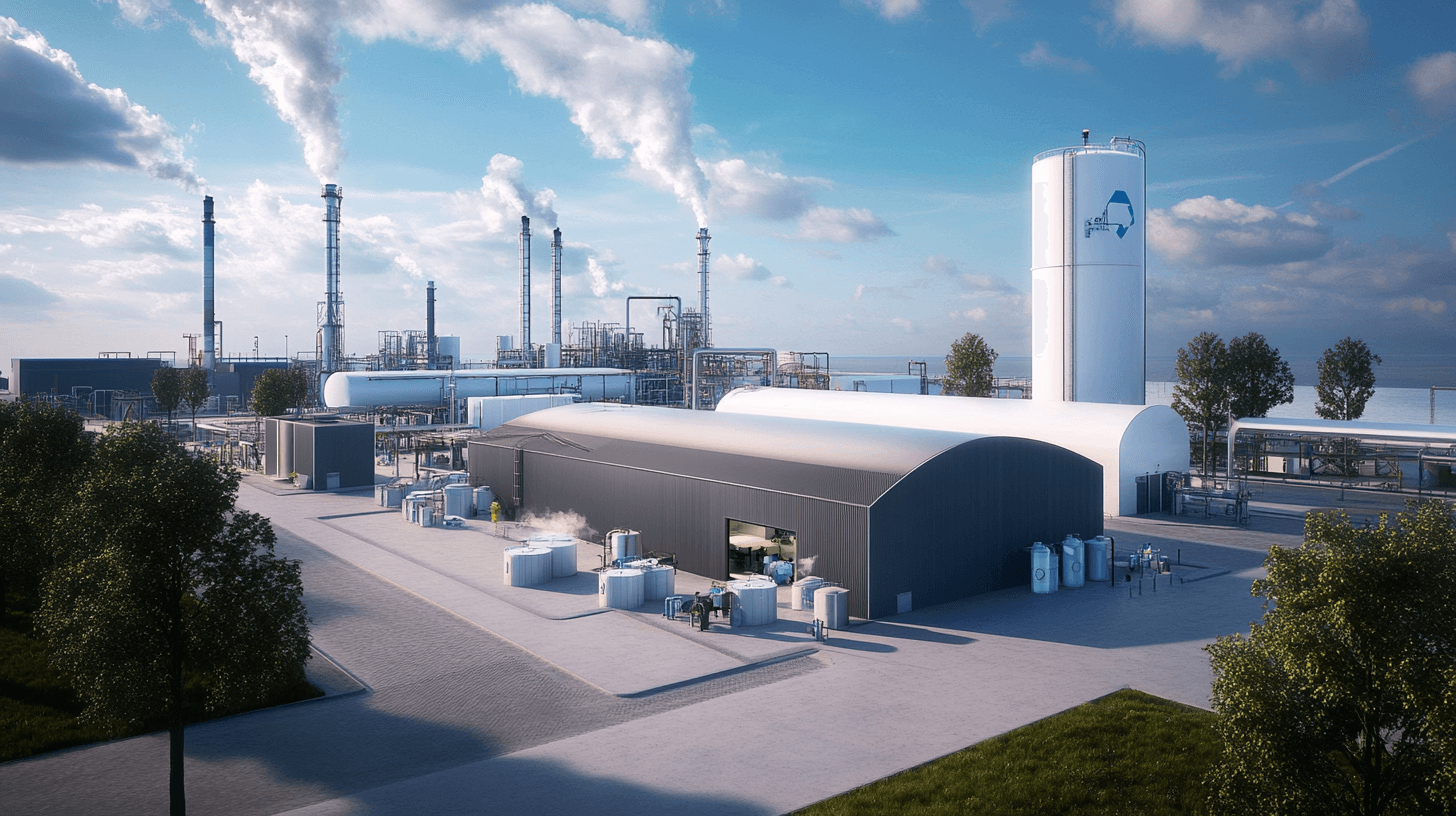Hydrogen storage breakthrough: liquid works at room temperature
A new liquid from Swiss and Japanese scientists stores hydrogen safely at room temperature, transforming hydrogen use.
Published on July 20, 2025

AI-generated image
Team IO+ selects and features the most important news stories on innovation and technology, carefully curated by our editors.
The scientific teams from the Swiss Federal Institute of Technology Lausanne (EPFL) and Kyoto University in Japan have unveiled a groundbreaking liquid medium developed by combining ammonia borane and tetrabutylammonium borohydride. This solution can stably store hydrogen at room temperature, eliminating the traditional requirements of high pressure or extreme cold typically needed for hydrogen storage. The liquid can hold up to 6.9% hydrogen by weight, surpassing the U.S. Department of Energy’s targets for 2025. This development signifies a critical milestone in making hydrogen a viable clean fuel option.
Implications for clean energy
The applications of this discovery are substantial, given hydrogen’s role as a clean energy carrier that can replace fossil fuels in sectors resistant to electrification. Current methods of hydrogen storage rely on storing it under high pressure or at extremely low temperatures, which presents formidable technical and economic barriers. The new liquid can release hydrogen at a mere 60°C, contrasting existing solid-state hydrogen carriers, which often require temperatures as high as 300°C. The ease of hydrogen release from this new solution can enhance its applicability in various mobile and stationary applications, such as transportation and portable energy systems.
Future prospects and industrial adaptation
Looking ahead, the pivotal challenge will be scaling this technology for widespread commercial use. Researchers are optimistic about the potential for broad adoption in energy systems, particularly in weight-sensitive applications such as aviation and drones, where every gram counts. Beyond energy systems, the innovation suggests further advancements in ‘functional liquids’, a concept gaining traction for broad applications including green chemistry and synthetic fuel production. The development aligns with global initiatives to capitalize on hydrogen’s potential, with electrolysis technology being charted as a cornerstone for sustainable hydrogen production, particularly spearheaded by Dutch advances in offshore renewable hydrogen procedures.
Broader context and regulatory considerations
This innovative approach aligns with the broader European Union directives aimed at advancing low-carbon hydrogen technologies. The EU’s new methodology, aiming at substantial greenhouse gas emission reductions, sets a framework for low-carbon fuels, requiring a 70% reduction in emissions compared to traditional fossil fuels. Such directives enhance the regulatory landscape for hydrogen, encouraging investment and development toward achieving climate neutrality by 2050. The convergence of innovative storage solutions, coupled with advancing regulatory frameworks, propels hydrogen closer to the forefront of sustainable energy transitions worldwide.
